
The British Legion was an elite British provincial regiment established during the American Revolutionary War, composed of Loyalist American troops, organized as infantry and cavalry, plus a detachment from the 16th Light Dragoons. The unit was commonly known as Tarleton's Legion, after the British officer who led it on campaign, Lieutenant Colonel Banastre Tarleton. It was a unit the size of a regiment, consisting of artillery, cavalry, and light infantry, and able to operate independently.

Loyalists were colonists in the Thirteen Colonies who remained loyal to the British Crown during the American Revolutionary War, often referred to as Tories, Royalists or King's Men at the time. They were opposed by the Patriots, who supported the revolution, and called them "persons inimical to the liberties of America."

The 84th Regiment of Foot (Royal Highland Emigrants) was a British regiment in the American Revolutionary War that was raised to defend present day Ontario, Quebec and Atlantic Canada from the constant land and sea attacks by American Revolutionaries. The 84th Regiment was also involved in offensive action in the Thirteen Colonies; including North Carolina, South Carolina, Georgia, Virginia and what is now Maine, as well as raids upon Lake Champlain and the Mohawk Valley. The regiment consisted of 2,000 men in twenty companies. The 84th Regiment was raised from Scottish soldiers who had served in the Seven Years' War and stayed in North America. As a result, the 84th Regiment had one of the oldest and most experienced officer corps of any regiment in North America. The Scottish Highland regiments were a key element of the British Army in the American Revolution. The 84th Regiment was clothed, armed and accoutred the same as the Black Watch, with Lieutenant Colonel Allan Maclean commanding the first battalion and Major General John Small of Strathardle commanding the second. The two Battalions operated independently of each other and saw little action together.

The Old Burying Ground is a historic cemetery in Halifax, Nova Scotia, Canada. It is located at the intersection of Barrington Street and Spring Garden Road in Downtown Halifax.

The Loyal American Regiment was a British Provincial regiment raised in 1777 for Loyalist service during the American Revolutionary War. The regiment fought in many engagements throughout the war and the men were among the thousands of loyalists who settled in Nova Scotia, after the regiment disbanded in 1783.

John Parr was a British military officer and governor of Nova Scotia. He is buried in the crypt of St. Paul's Church.

The Queen's Rangers, also known as the Queen's American Rangers, and later Simcoe's Rangers, were a Loyalist military unit of the American Revolutionary War. Formed in 1776, they were named for Queen Charlotte, consort of George III. The Queen's Rangers was a light corps in the tradition of British rangers during the Seven Years' War, operating on the flanks and in advance of Crown forces, manning outposts, conducting patrols, and carrying out reconnaissance and raiding operations.
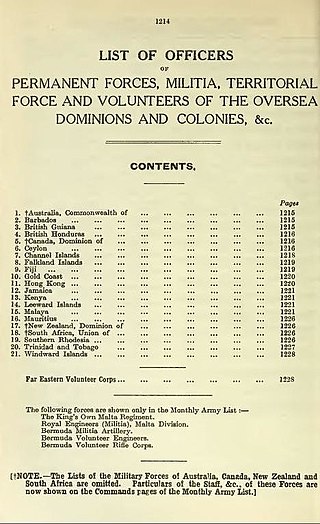
The British Colonial Auxiliary Forces were the various military forces of Britain's colonial empire which were not considered part of the British military proper.

Associators were members of 17th- and 18th-century volunteer military associations in the British American thirteen colonies and British Colony of Canada. These were more commonly known as Maryland Protestant, Pennsylvania, and American Patriot and British Loyalist colonial militias. But unlike militias, the associator military volunteers were exempt from regular mandatory military service. Other names used to describe associators were "Associations", "Associated", "Refugees", "Volunteers", and "Partisans".

James Moody was a loyalist volunteer during the American Revolution who became a farmer and political figure in Nova Scotia. He represented Annapolis County in the Nova Scotia House of Assembly from 1793 to 1806. He wrote one of the most important loyalist memoires of the war.
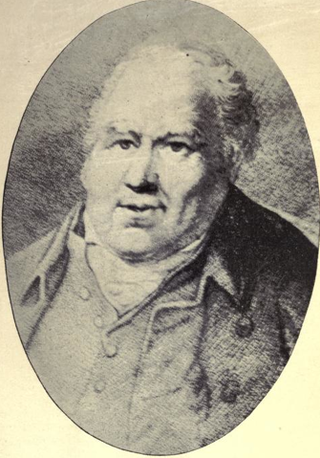
Francis Legge was a British military officer and colonial official in Nova Scotia during the 18th century. He served as governor of Nova Scotia from 1772 to 1776. During the American Revolution, Legge raised the Royal Nova Scotia Volunteer Regiment.

The Raid on Lunenburg occurred during the American Revolution when the US privateer, Captain Noah Stoddard of Fairhaven, Massachusetts, and four other privateer vessels attacked the British settlement at Lunenburg, Nova Scotia on July 1, 1782. The raid was the last major privateer attack on a Nova Scotia community during the war.
The Royal Fencible American Regiment of Foot was a Loyalist battalion of infantry raised in 1775 to defend British interests in the colony of Nova Scotia. The RFA was commanded by Lt. Col. Joseph Goreham throughout its existence. The most notable achievement of the RFA was the successful defense of Fort Cumberland during the Eddy Rebellion in November, 1776, which prevented the revolution in the other American colonies from moving into Nova Scotia.

The King's Orange Rangers, also known as the Corps of King's Orange Rangers, were a British Loyalist battalion, raised in 1776 to defend British interests in Orange County, Province of New York and generally in and around the New York colony, although they saw most of their service in the Province of Nova Scotia. The battalion's commander was Lieutenant Colonel John Bayard. The Rangers had an undistinguished military record, through most of its existence, and saw very limited combat, mostly against Patriot privateers, but did play an important role in the defence of the colony of Nova Scotia in the later years of the American Revolution. The King's Orange Rangers are especially remembered for their role in the defence of Liverpool, in the Nova Scotia colony.
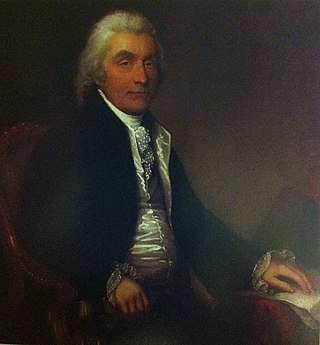
The Royal Nova Scotia Regiment was a battalion of infantry raised in 1793 to defend British interests in the colony of Nova Scotia during the Wars of the French Revolution. The unit was commanded by Colonel John Wentworth, the lieutenant-governor of the colony, throughout its existence. The Royal Nova Scotia Regiment (RNSR) had an undistinguished history through most of its existence, and saw very limited action, mostly in the role of marines, but did play an important role in the defense of Nova Scotia during these wars.
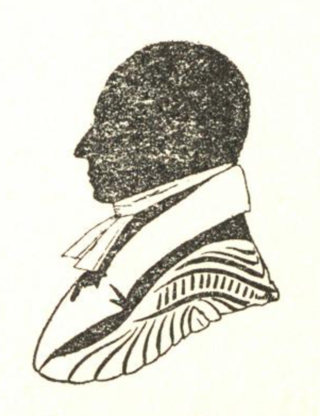
The Raid on Charlottetown of 17–18 November 1775, early in the American Revolutionary War, involved two American privateers of the Marblehead Regiment attacking and pillaging Charlottetown, Prince Edward Island, then known as St. John's Island. The raid motivated Nova Scotia Governor Francis Legge to declare martial law. Despite the raid's success, George Washington immediately freed senior colonial officials the privateers had brought back as prisoners to Cambridge, Massachusetts.

The Province of Nova Scotia was heavily involved in the American Revolutionary War (1776–1783). At that time, Nova Scotia also included present-day New Brunswick until that colony was created in 1784. The Revolution had a significant impact on shaping Nova Scotia, "almost the 14th American Colony". At the beginning, there was ambivalence in Nova Scotia over whether the colony should join the Americans in the war against Britain. Largely as a result of American privateer raids on Nova Scotia villages, as the war continued, the population of Nova Scotia solidified their support for the British. Nova Scotians were also influenced to remain loyal to Britain by the presence of British military units, judicial prosecution by the Nova Scotia Governors and the efforts of Reverend Henry Alline.

Timothy Hierlihy (1734–1797) was a British officer who protected the British coal mines at Sydney Mines, Nova Scotia from attacks by American privateers. He also was the first British settler of Antigonish, known as the "founder of Antigonish." Hierlehy also became the commander of the Royal Nova Scotia Volunteer Regiment.
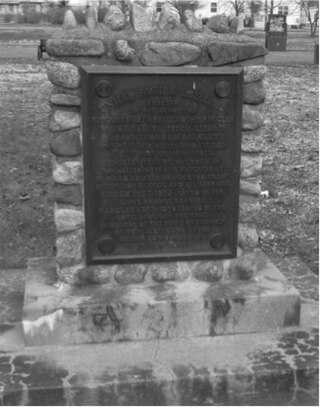
Lieutenant Colonel Samuel Vetch Bayard was a Loyalist military officer in the American Revolution who served in the King's Orange Rangers (KOR). He is the son of William Bayard who founded the KOR. He was the great-grandson of Governor Samuel Vetch and was the father of Robert Bayard.



















